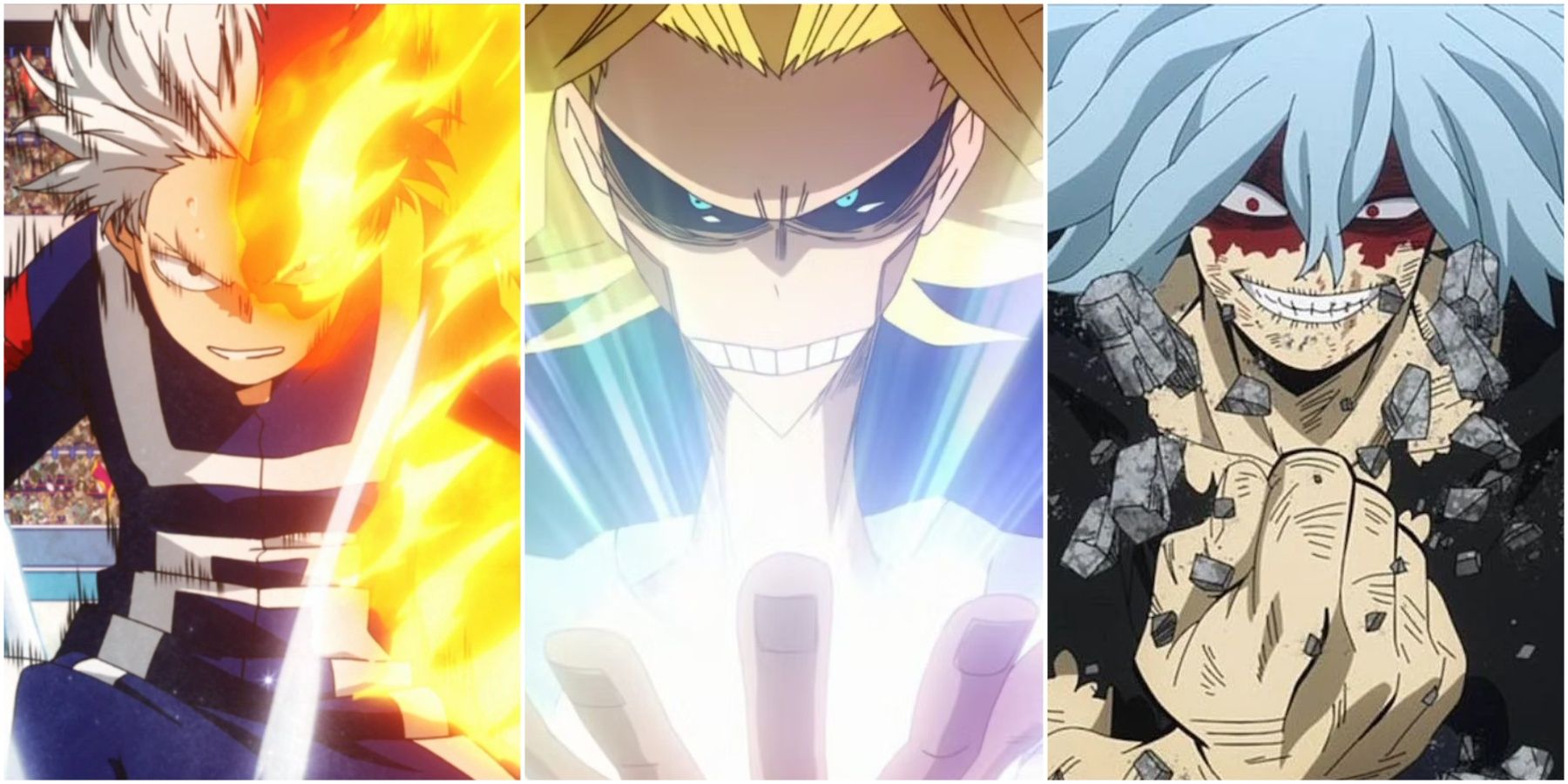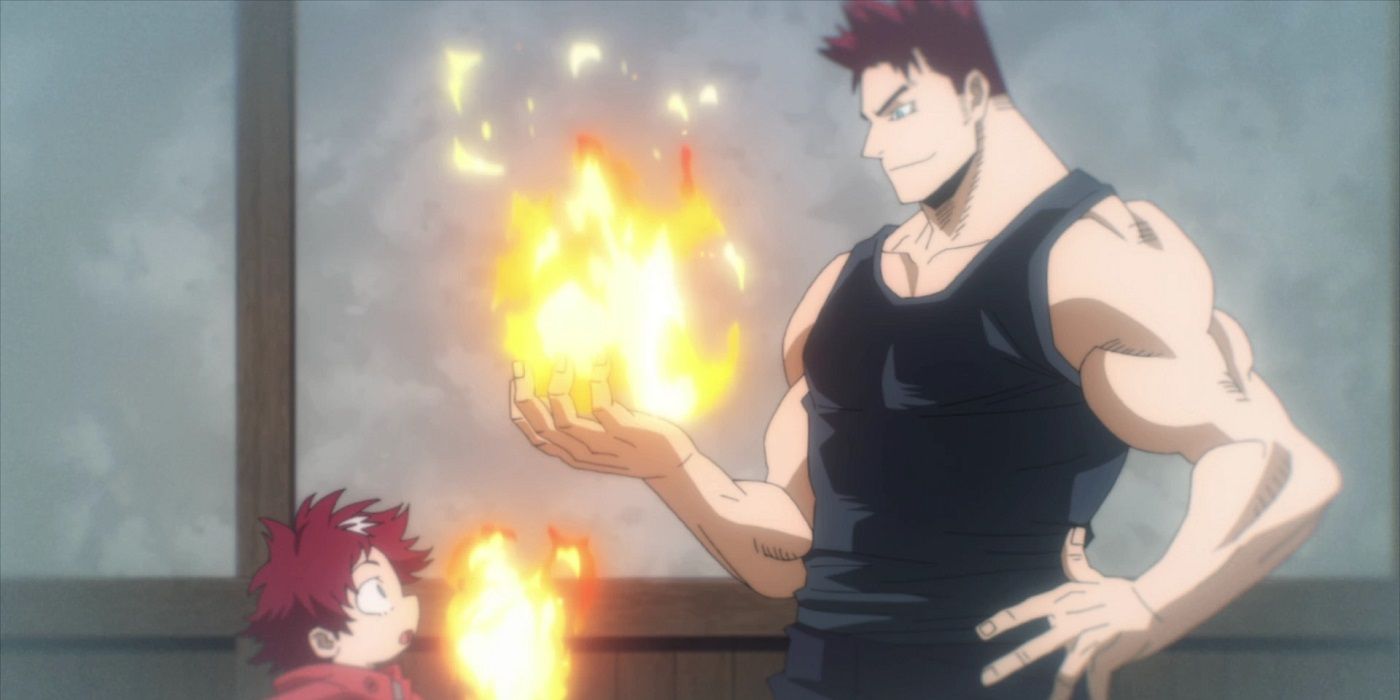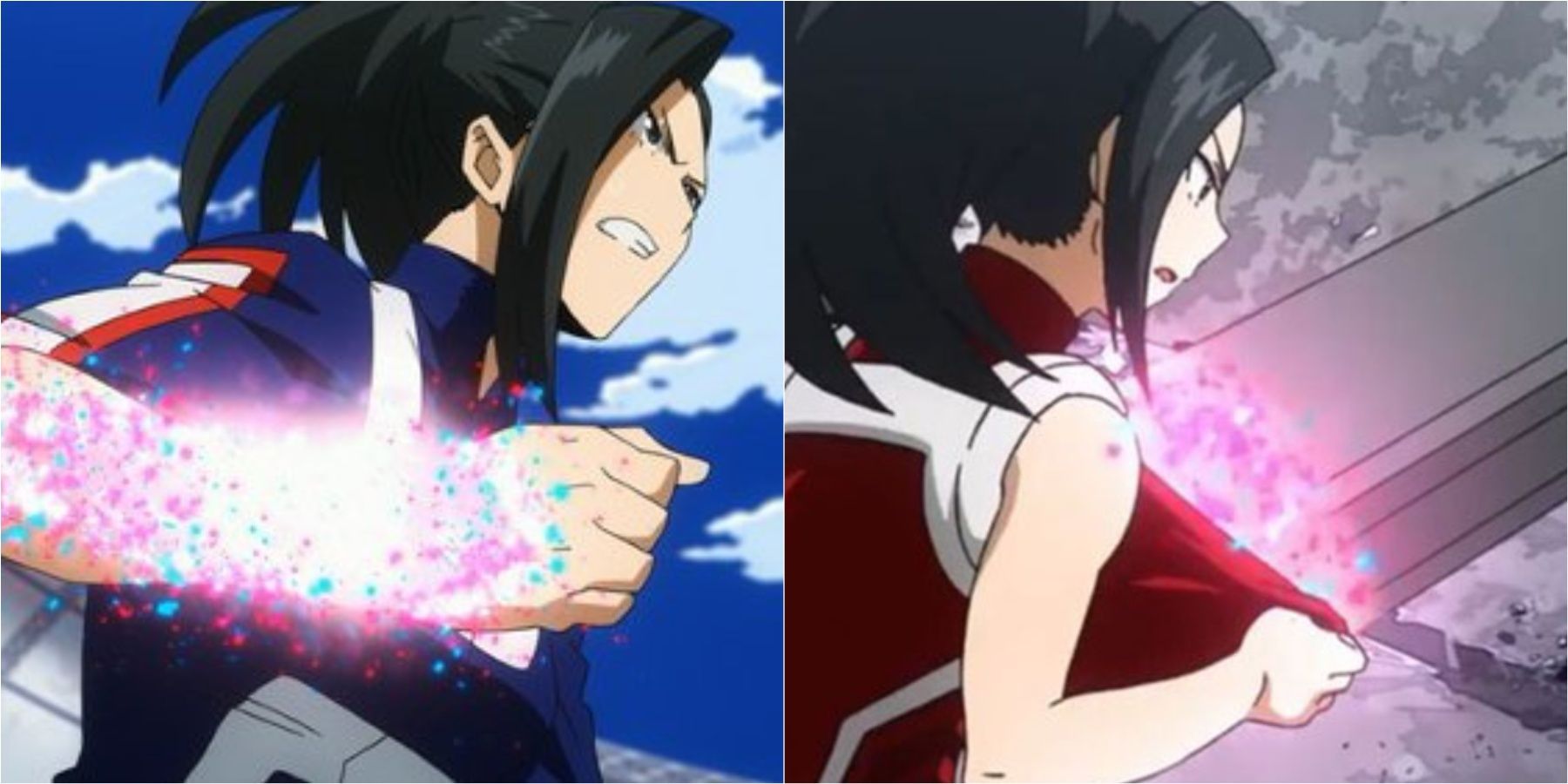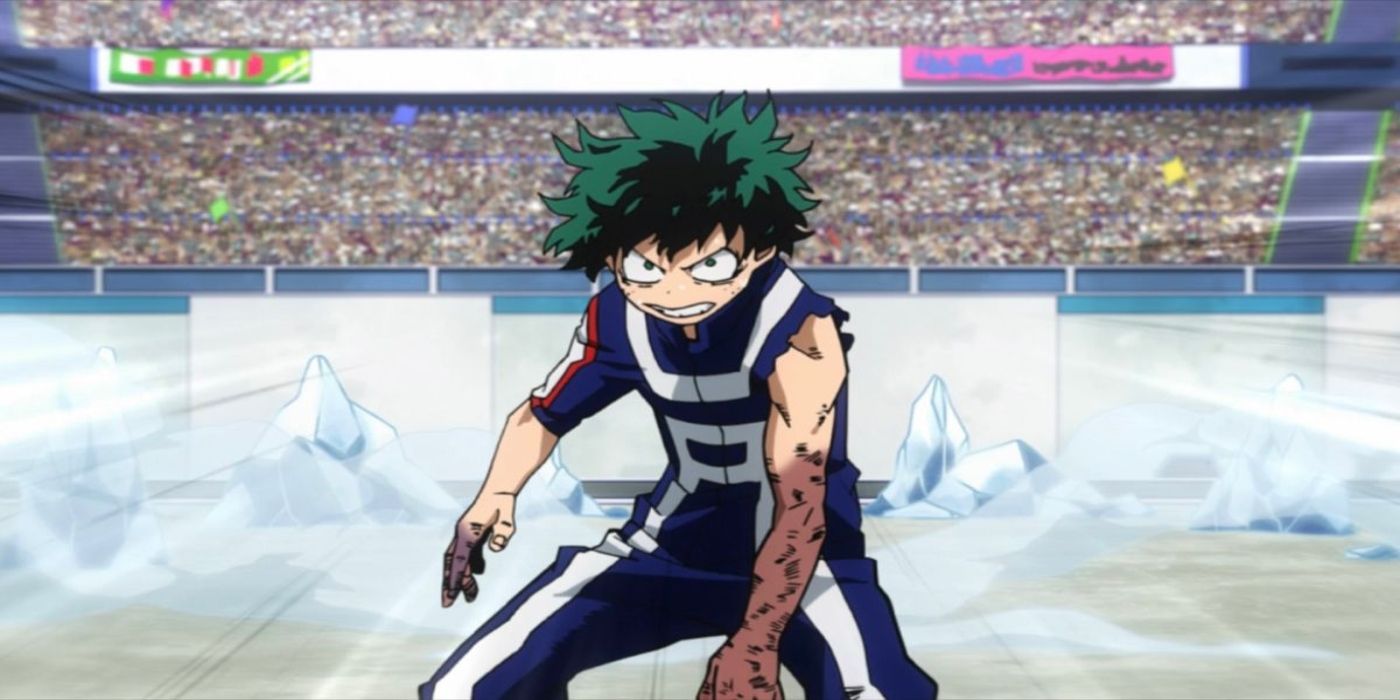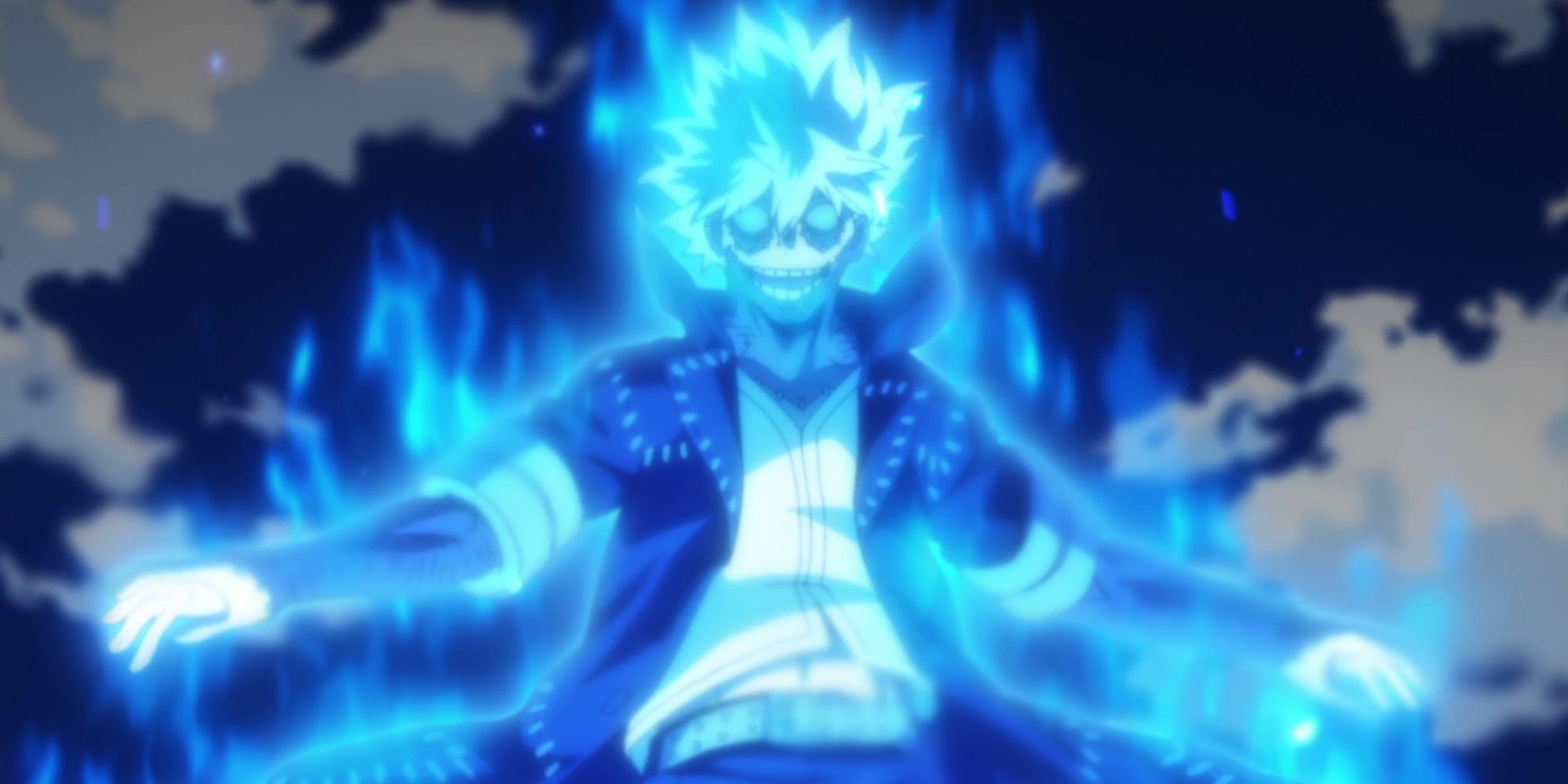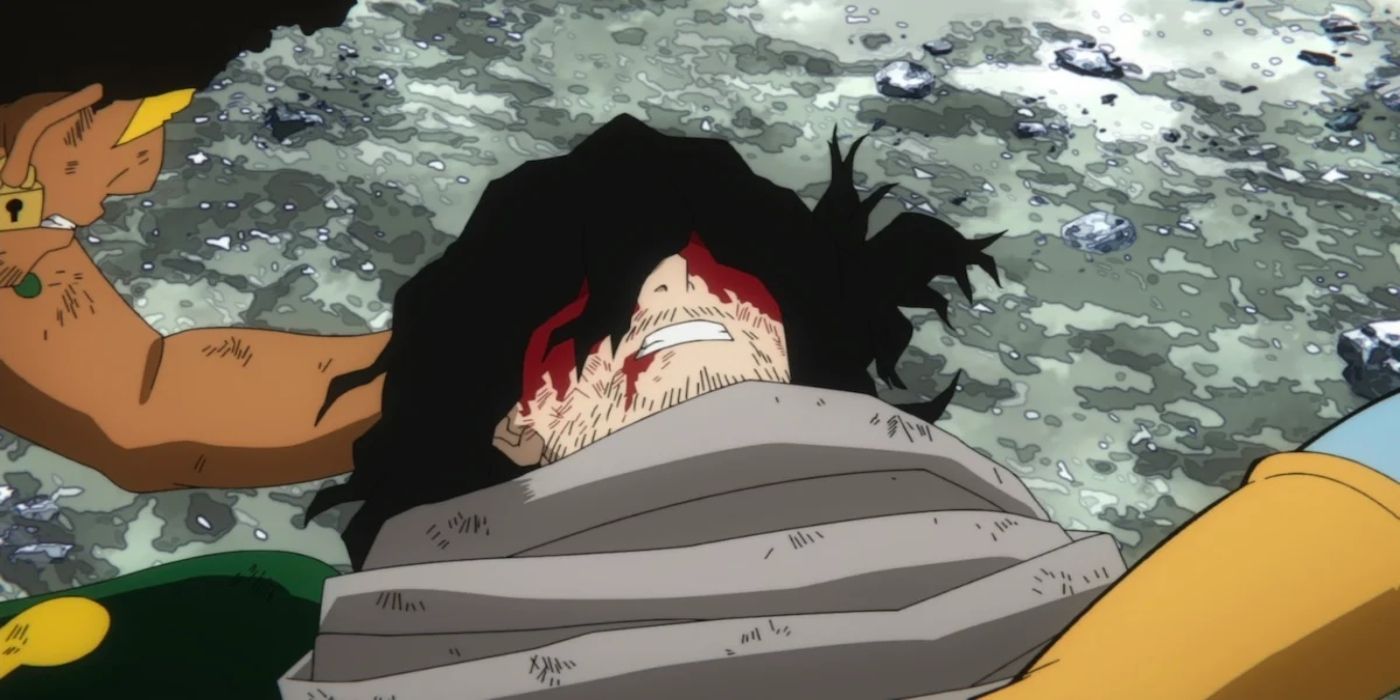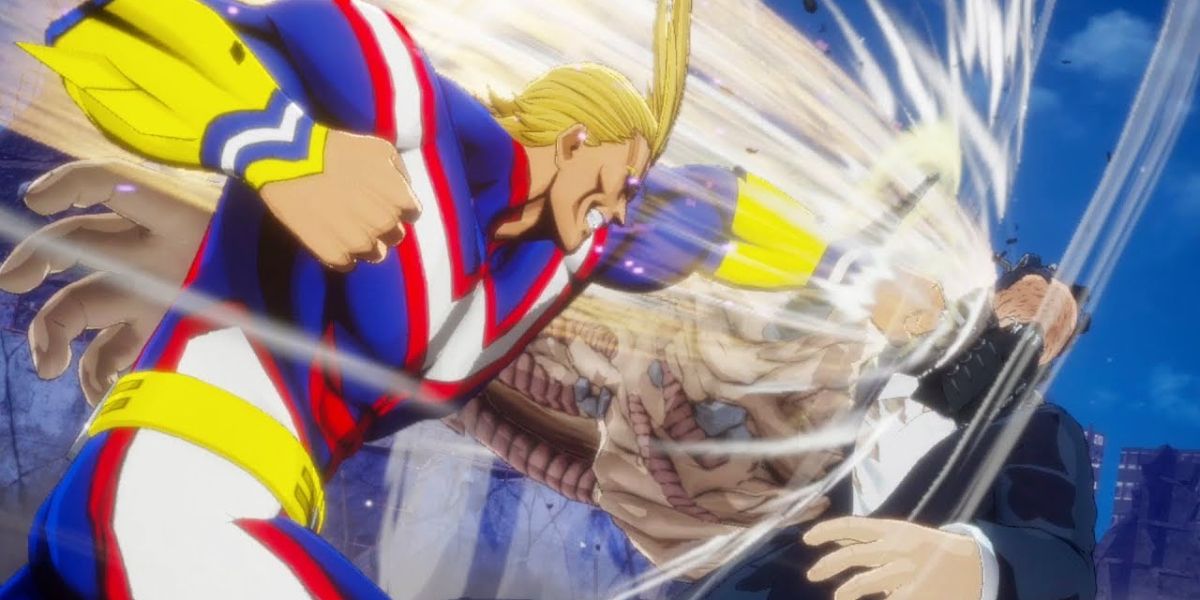Highlights
- Emitter type quirks in My Hero Academia are the most common and play a significant role in the narrative.
- Emitter quirks have the ability to control elements or generate emissions through their own bodies, with each quirk possessing a unique working model.
- While Emitter quirks are powerful, they can lead to self-harm and have fragile quirk factors that render them useless if lost.
My Hero Academia’s power system is laden with all sorts of powers and abilities, and the sheer number of these unique quirks has led to the formation of a classification system to define quirks. Out of the three classifications, Emitter type quirks seem to be in the limelight all too often. As the most common quirk category within the show, Emitter quirks tend to be at the forefront of the series’ narrative.
Since the general superhero blueprint is set around the ability to generate or control the elements, it’s only natural for most of My Hero Academia’s powers to be modeled on a similar format. Emitter type quirks further hold considerable importance for the premise, as every major character, including the protagonist and primary antagonists, possess this quirk type. While these quirks may seem quite simple on the surface, each one possesses a unique working model, deeming these quirks extremely complex.
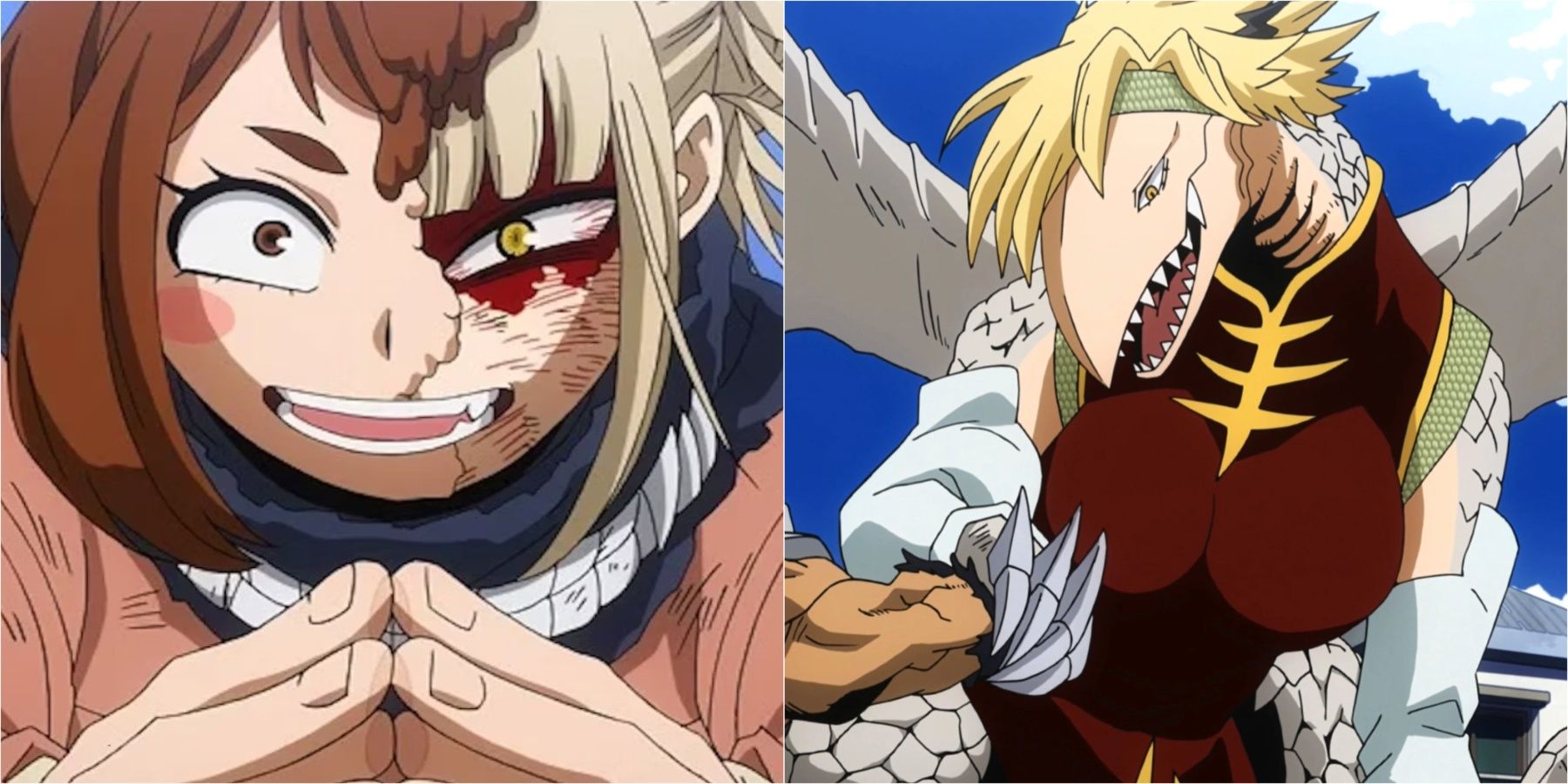
My Hero Academia: Transformation Quirks, Explained
Out of the three classes of quirks Transformation types are some of the most unique, making for some of My Hero Academia's most interesting powers.
What Are Emitter Type Quirks?
The Emitter type category covers an extremely large range of quirks, with almost every other quirk bearing intricate mechanics. However, the basic principle behind these quirks is the ability to control elements or existing objects in the environment, or generate ‘emissions’ through their own bodies. However, the term 'emissions' is extremely generic, as these powers can manifest in various forms. This could include storing energy and expelling it with extreme force, or simply manipulating elements present in the environment.
These emissions are the key aspect of Emitter type quirks, as they generate their powers without altering parts of their bodies. The emissions of these quirks also differ greatly, as some quirks manipulate or produce common substances like fire or ice, while others are capable of deconstructing and reconstructing entire molecular structures. Emitter type quirks are further defined by the following properties.
- Emitter quirks are inactive by default, and their powers can only be activated through conscious effort.
- Some Emitter quirks have an extremely short range, even requiring physical contact, while others could potentially have no distance limitations.
- Emitter quirks are usually accompanied by physical resistance to the emissions produced, though this isn't always the case.
- The elements controlled by Emitter quirks vary considerably, ranging from electromagnetic forces to solid matter itself.
The Differentiating Factors Of Emitter Quirks
These quirks require conscious effort and focus to activate, and this aspect serves as the primary differentiation between Emitter and Mutant type quirks. While this conscious effort is also an aspect of Transformation type quirks, it is implied that Emitter quirks require a higher degree of concentration to maintain an active status.
Considering the immense diversity of quirks in My Hero Academia, it’s natural for a few quirks to seem like a mix of different quirk categories. A few Emitter quirks bear a similar issue, as they can potentially result in physical alterations similar to Transformation quirks. However, such quirks are classified in the Emitter category due to external prerequisites needed to activate them, with Sato’s Sugar Rush quirk being a prime example of this deviation.
Limitations Of Emitter Type Quirks
Emitter type quirks are often considered to be the strongest, yet this very power becomes their biggest weakness. Since Emitter types don’t result in any sort of physical alterations, most users of these quirks are susceptible to harm from their own powers.
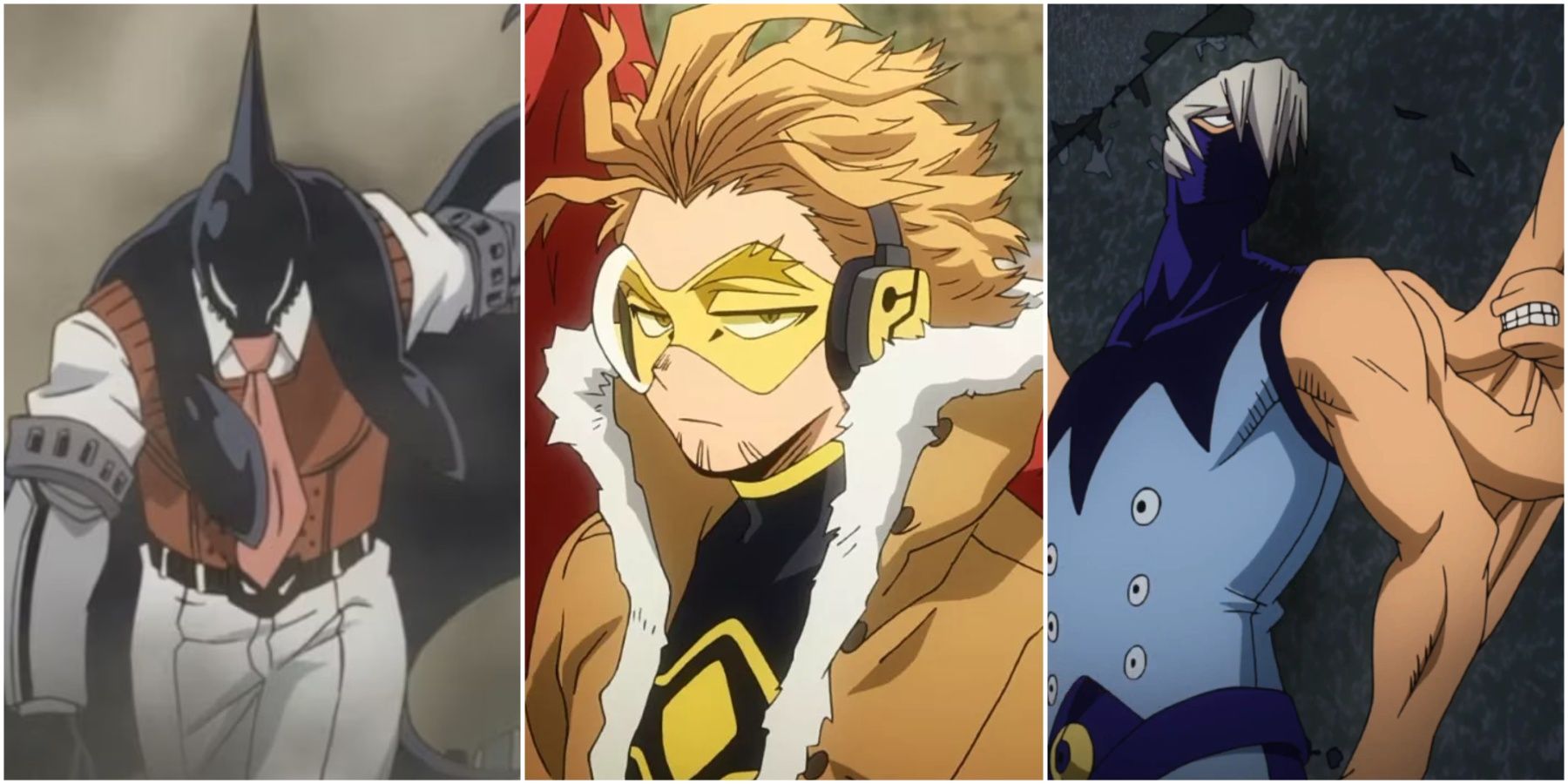
My Hero Academia: Who Is the Strongest Heteromorph?
My Hero Academia is populated by some extremely powerful Heteromorphs, yet only one stands out as the strongest in the entire series.
While regular usage doesn’t account for any harm, overusing these quirks can be extremely debilitating, as their bodies lack the necessary resistance to counteract the damaging effects of these powers. These quirks also require much more focus and concentration than their counterparts, meaning training these quirks is also an ardent task.
Emitter Quirks Can Lead to Self-Harm
Emitter quirks have the potential to go berserk and harm the users themselves. Overextending Emitter quirks also yield some of the most brutal drawbacks, as this usually results in taxing consequences for the users. For instance, Endeavor’s Hellflame can result in self-burns if the quirk is overused, and Shoto’s Half-Cold Half-Hot comes with similar drawbacks. Toya, or Dabi, is another victim of losing control of his own quirk. Since he lacks resistance to fire, Dabi’s body burns every time he uses his Blue Flame, leading to burnt flesh and permanent scars.
Well, what did you expect, old man? All you ever taught me was how to burn everything.
While Toya's case is a bit extreme, since it was fueled by psychological trauma, several other quirks present similar self-harming problems. Bakugo’s Explosion is held back by recoil, as overusing his quirk can easily result in fatigue in his arms. Momo’s quirk Creation can't reach its full potential either, as it instantly depletes fat reserves to dangerously low levels.
Emitter Types Have Fragile Quirk Factors
Emitter quirks are also likely to be rendered useless in the event of the quirk factor being lost. Transformation and Mutant type quirks generally possess a decentralized quirk factor, but Emitter quirks tend to have their quirk factors located at a specific part of the body.
Aizawa practically lost the ability to use his quirk after Shigaraki scratched his eye, deeming the quirk useless in battle. Kai Chisaki also ended up losing his Overhaul quirk after he lost both of his arms, since his hands served as his quirk factor.
How Strong Are Emitter-Type Quirks?
The Emitter quirk type is arguably the strongest quirk category, and this statement is backed by the fact that the strongest characters in My Hero Academia possess this quirk type. The mere fact that One For All and All For One are Emitter-type quirks is enough to deem this category of quirks the strongest of all. Other quirks such as Hellflame, Decay, and Explosion further back the notion of Emitter quirks being the epitome of power in the series.
While other quirk types are also extremely powerful, the representation of Emitter types is extremely skewed. However, all the protagonists and major antagonists bear Emitter type quirks, setting a precedent that only those with Emitter quirks can rise to power and hope to play a significant role in the narrative. Until a character with a Transformation or Heteromorphic quirk steps up, Emitter types will continue to dominate My Hero Academia’s narrative.
My Hero Academia is available to stream on Prime Video.
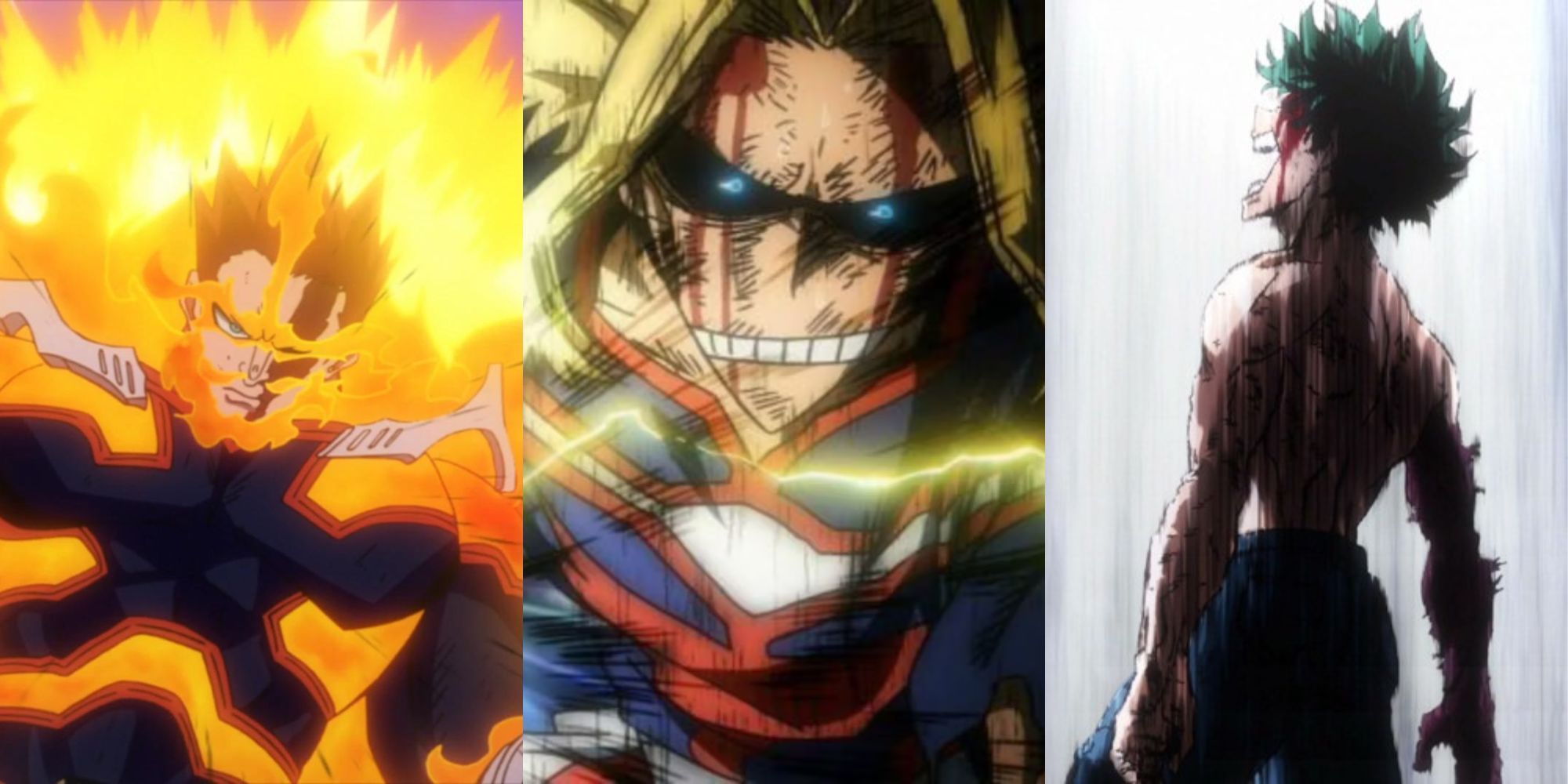
My Hero Academia: Best Finishing Moves, Ranked
The finishing moves in My Hero Academia are impressive to behold. The following examples are some of the best.

My Hero Academia
In My Hero Academia, Young Deku is born into a world where people commonly have something called quirks, also known as superpowers. He himself is born without any, but circumstances lead to that changing. He enrolls at the UA High School, a prestigious academy where the worlds future heroes learn how to use their powers.

